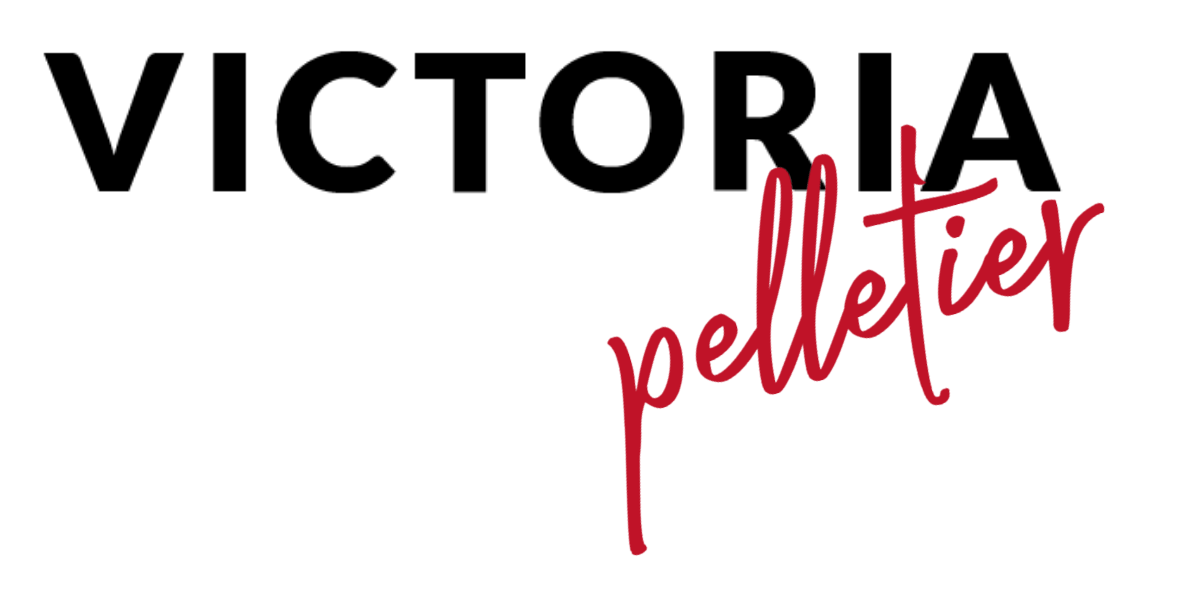
In 1964, Walt Disney opened his “Progressland” at the New York World’s Fair, a showcase of the innovations poised to change family and work life in the space age. Years later, the exhibit was moved to Disneyland where it was tweaked to include the technological advances that had emerged since the exhibit was first introduced in New York. In the ensuing decades, the rebilled “Carousel of Progress” became an all but forgotten exhibit at the park as the pace of technological progress outpaced the Disney corporation’s ability to remodel the exhibit.
In 1964, Walt Disney opened his “Progressland” at the New York World’s Fair, a showcase of the innovations poised to change family and work life in the space age. Years later, the exhibit was moved to Disneyland where it was tweaked to include the technological advances that had emerged since the exhibit was first introduced in New York. In the ensuing decades, the rebilled “Carousel of Progress” became an all but forgotten exhibit at the park as the pace of technological progress outpaced the Disney corporation’s ability to remodel the exhibit.
We experience the same phenomenon in the workplace. As technology advances at breathtaking speeds, our organizational cultures are forced to adapt, desperately trying to align how we work with the new tech tools at our disposal. Given the pace of change, it is important for organizations to build coherent strategies around business organization, talent, workforce optimization and hybrid work environments. Planning focused on these strategic areas helps our organizations leverage technology instead of being left behind by it.
Business Organization
One of the first questions to ask yourself in an era of digitalized workplaces is simply, “What skills do we need and what technology enablement is required?” These days, many of the back-office jobs that filled our cubicles in previous decades can be handled with automation or outsourced to other firms. This means your organization will need to act differently as it relates to talent acquisition — a focus on skills and their propensity to continuously learn. It will also require greater collaboration and partnership with vendors that you will work with.
You set the tone in this area. As a leader in your organization, it’s your job to align your organizational design with your organizational vision. How can your organization leverage skills, technology and partners to transform experience and outcomes?
Talent Development
If technology rules the workspace, and it does, then your talent acquisition must prioritize hires with demonstrated technological competence and promise. However, organizations also need people who can grow with the change and ongoing transformation. Instead of buying the skills for the now, it’s critical to ensure that the new employee fits the organizational vision and has the agility and cognitive skills to service the vision with nimble skills, flexibility and the desire to continue to develop themselves.
Workplace Optimization
Imagine having a sales floor filled with dazzling devices that can’t accomplish anything because the wireless bandwidth and upload speed are too skimpy to handle the digital load. Is your workplace optimized with technology and the team, or have workplace deficiencies hindered the benefits that great technology and a great team could be bringing to the table? This is the Disney Carousel of Progress paradox.
If your workplace isn’t outfitted to make the most of the latest solutions and technology, then you might as well bring back the typewriters and the secretarial pool. I’m being facetious, of course, but making a point: Creating workplace cultures that are agile and can adapt and grow with the changing business strategies and digital transformation is critical. I see too many leaders who think they can figure out this balance of buying and building talent, automating and outsourcing all the while trying to develop the internal talent all at the same time, by themselves. This is hard work and requires some heavy lifting up front to develop the strategy — don’t be afraid to ask for help.
Hybrid Work Environments
One of the obvious benefits of the ongoing technology innovation is the ability to enhance how we do our work and where we do it. If your team can do much of their work from the coffee shop, their home or a beachfront rental, give them the freedom to do so. Focus on maintaining a productive and engaged workforce with environments and autonomy to do their best work. This will keep your people happy, and also cut back on some of your overhead. That said, work environments and positive work culture require connection — and not just via Webex or Zoom calls. Provide opportunities for your people to connect with one another. Strong teams advance great vision.
Bringing It All Together
Technology will help you do what you do even better than you’ve done it in the past. To leverage the technology, make sure to craft and curate an organizational vision that marries tech to organizational structure and culture. If you skimp on vision and strategy, technology will be too far ahead of your business to maximize its potential. Don’t become the Carousel of Progress.



